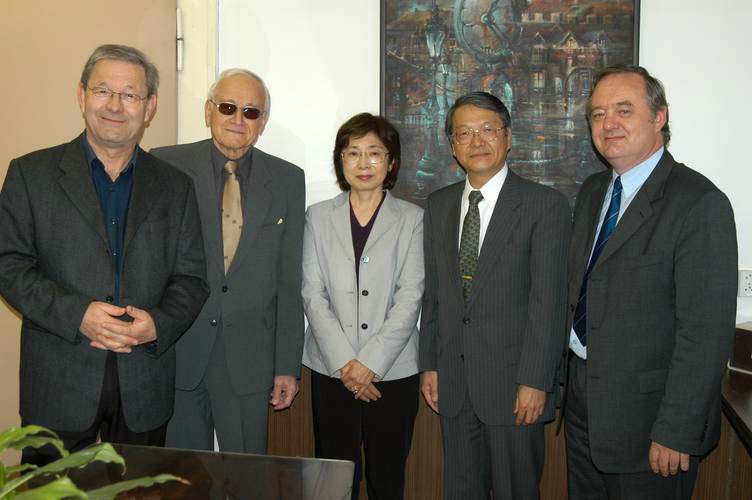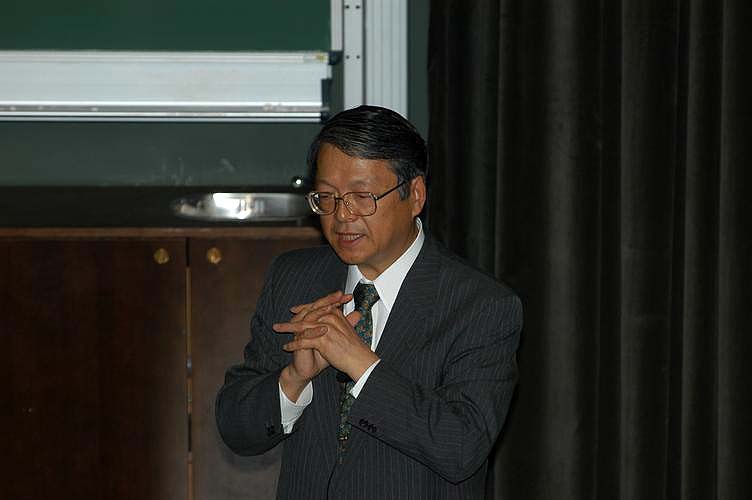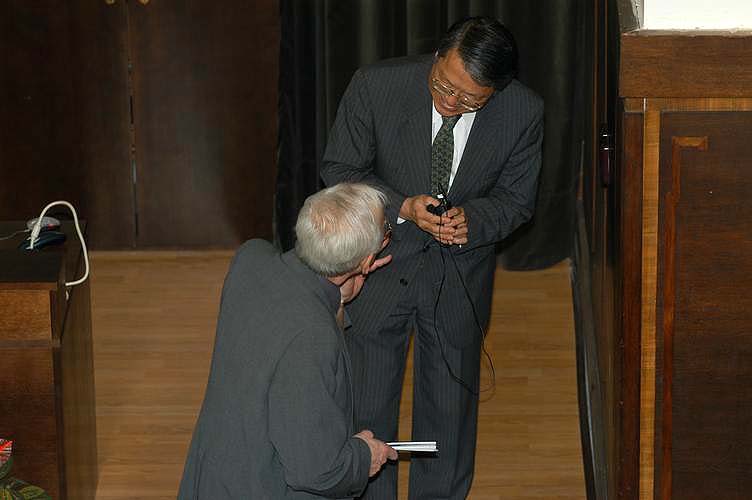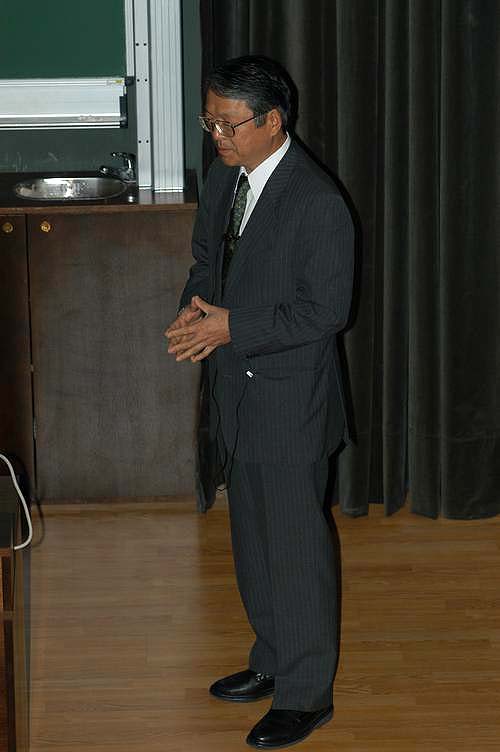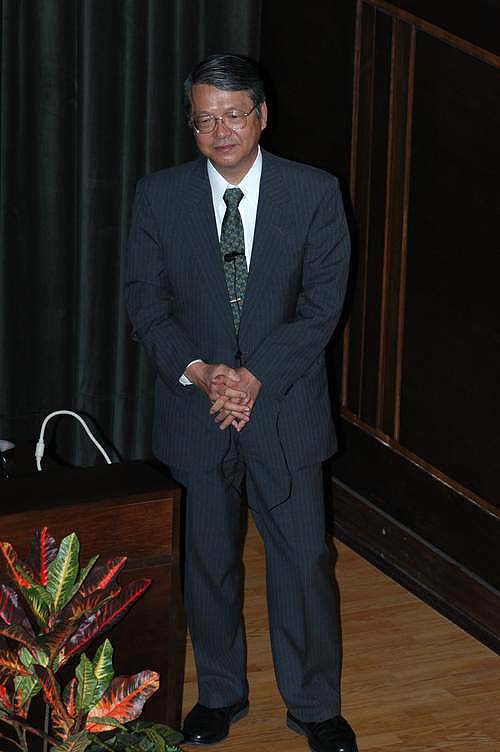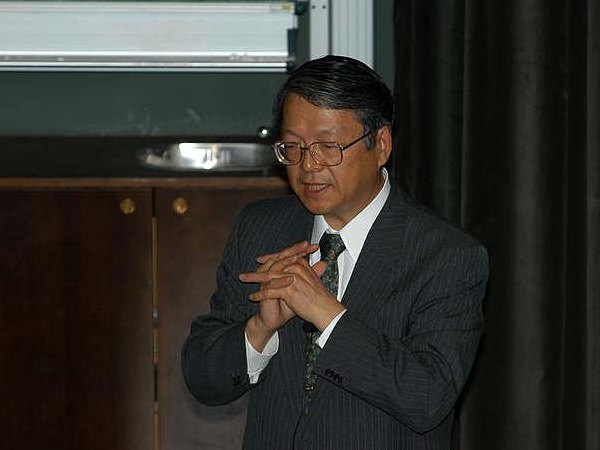
Prof. Hiroshi Nakatsuji (Kyoto University, Japonsko)
Photochemistry with the SAC-CI Method: From Fine Spectroscopy to Molecular Biology
Abstrakt
Since the publication of the SAC-CI theory and its coding in 1978, many developments and applications have been done. In the spring of 2003, this program was incorporated into Gaussian 03 suite of programs, and serves world-wide a reliable tool for doing theoretical photochemistry.
The SAC-CI theory itself is exact and yet very simple: it describes compactly the physics of the excited electronic structure. For this reason, it has the following merits.
- This theory covers very wide range of different electronic states in a same good accuracy (Fig.1).
- It describes not only the one-electron excited states from the ground state, but also the multi-electron excited states.
- Energy-gradient is calculated for any states of Fig. 1 for both one- and multi-electron excited states: this is also true for geometry optimization.
- Chemistry and physics are investigated with the same methodology from very fine accurate calculations of small molecules to less accurate but reliable calculations of large molecules.
- In combination with the dipped adcluster model, we can do theoretical spectroscopy of surface adsorbates and surface photochemistry.
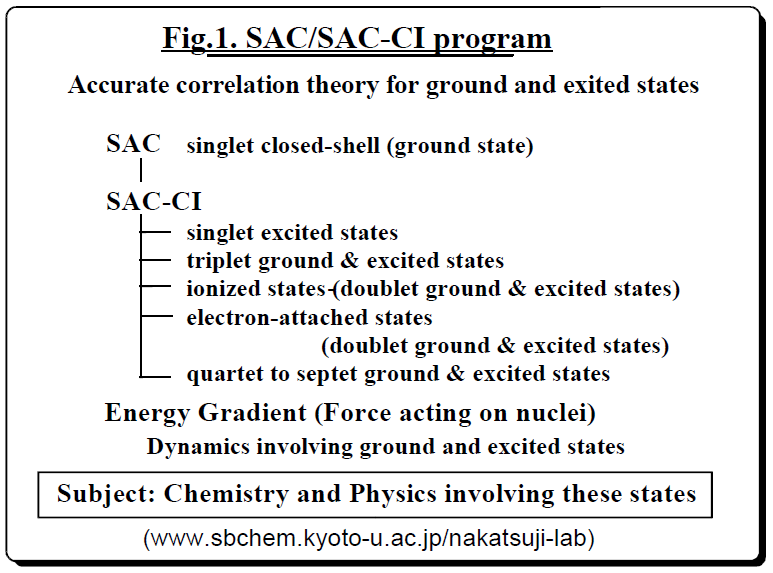
Fig.1 shows the states that can be studied by the G03 version of the SAC-CI program: it covers from singlet to septet ground and excited states and we can compare directly the energies and the properties of different electronic states. This is what we are doing in photochemical researches. For spectroscopic studies, the theory must be able to describe accurately not only the main peak due to the one-electron excitation, but also the satellite peaks due to the multi-electron excitations. We can reproduce even the very fine details of the excitation and ionization spectra with the SAC-CI method, which we call ‘theoretical fine spectroscopy’, which can expand the frontiers of spectroscopy in collaboration with ‘experimental fine spectroscopy’. For studying geometries, vibrations, and reactions, the force or the energy gradient acting on the constituent nuclei is very important information: in our present code we can calculate this quantity for any state shown in Fig.1. In our program, we adopt perturbation selection procedure and therefore, by choosing accuracy, we can perform from very accurate calculations for small molecules to less-accurate calculations for large molecular systems in the same theoretical framework. We have applied our method to molecular biology. For example, we clarified the spectra and the electron transfer pathway of the reaction center of the photosynthetic bacteria, Rhodopseudomonas Viridis.
For systems for which the SAC method must be replaced with the MR-SAC method, we already have MEG/EX-MEG program. Finally, the so-called EOM-CC and CCLRT are theoretically equivalent with SAC-CI, though the coding algorithm is different.
